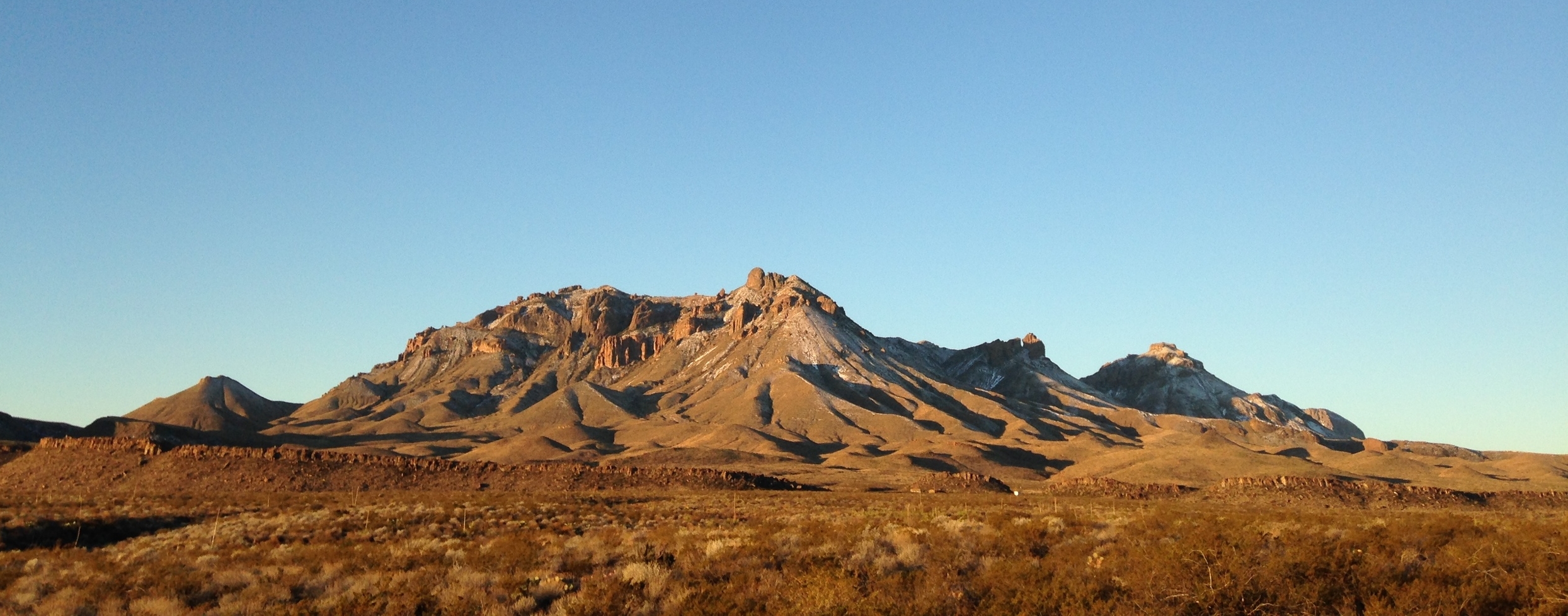Edmund Gerald Wermund Jr. Ph.D, “Jerry” as he was known to his friends and family, passed away on July 15, 2020 at age 94 in Austin, Texas after a short illness from complications of Covid-19.
Jerry was born on April 15, 1926 to Edmund and Margaret (nee: Massey) Wermund in Arlington, New Jersey. After graduating from Port Chester High School - during World War II – he enlisted in the U.S. Navy. As part of his Naval training, and after his tour of duty, he was enrolled at Franklin and Marshall College in Lancaster, Pa., receiving his Bachelor’s degree in geology in 1948. Jerry was attending Graduate School at Washington University in St. Louis, Mo. when he was called to another tour of duty during the Korean War. He served in the U.S. Army Corps of Engineers at Fort Belvoir, Va. where he helped develop training manuals for Army engineers in principles of geology. After being discharged from the Army, Jerry enrolled in the graduate geology program at L.S.U in Baton Rouge, La. where he began his chief professional focus on the geology of the Gulf Coast Region. He obtained his Ph.D in geology in 1961.
Dr. Wermund was employed from 1957-1970 by Mobil Research and Development Corp. in Dallas, Tx., where he researched petroleum and mineral exploration in the Gulf. From 1970-1971 he worked as technical manager at Remote Sensing Incorporated in Houston, Tx., where he was the consultant to the United Nations Transport Saharan Highway Project. In 1971, Jerry accepted a position at the Bureau of Economic Geology at The University of Texas at Austin where he worked for 27 years. He became the Bureau’s Associate Director and Director of the Bureau’s Land Resource Laboratory. He specialized in remote sensing and surface/ subsurface geological mapping to assess petroleum resources both onshore and offshore. Jerry served on many geological panels and commissions for The University of Texas, as well as Texas State agencies and several programs for the U.S. Department of Interior. Jerry received several lifetime achievement awards for dedication and service including a resolution from the Texas Mapping Advisory Committee. For two decades Jerry served the Gulf Coast professional community through his work with Austin Geological Society, where he served as President and Vice President and received a distinguished service award.
During his career, Jerry authored many articles for various geological journals under the name E.G. Wermund. Since his retirement in 1998, he volunteered as a docent for the Austin Children’s Museum where he discovered his love of explaining geology and earth resources to youthful audiences. Since then, Jerry published four scholastic children's books about geology; “EarthScapes” (2003), “The World According to Rock” (2005), “Focus on Minerals” (2007), “Soil: More Than Just Dirt” (2009). Jerry was predeceased by his wife Susan Jo (nee: Bentley) in 1995, his son Dirk Wermund of Dallas in 2016, his brother Jay Wermund of North Plainfield, NJ in 1971, and sister Lois Graf of Port Jervis, NY in 2016.
Jerry is survived by his son Edmund G. Wermund III of Austin, his ex-wife Carolyn (nee: McComsey) Murphy of Austin, his nieces and nephews Chris (Betty) Wermund, Mark (Sara) Wermund, Tim (Becca) Wermund of Austin, Henry (Sharon) Graf, Michael Graf, Kathie (Tom) Wrublewski, and Ellen Graf, and great nieces and nephews Ben, Jason, Tirza, Trevor, P.J., Henry, Matthew, Amanda, Jennifer, Diane, Jonathan, Ian and Maximillian.
Due to the Covid-19 crisis, Jerry’s family is mourning his passing privately, but plan to host a ‘Celebration of Life’ in his honor in 2021. Please make a contribution to the American Cancer Association, if you would like to make a donation to a charity in his name.
Fond memories and expressions of sympathy may be shared at www.cookwaldenforestoaks.com for the Wermund family.




